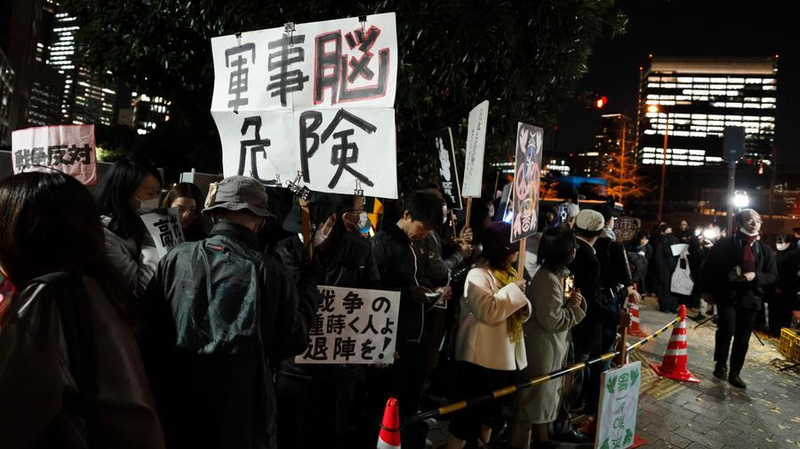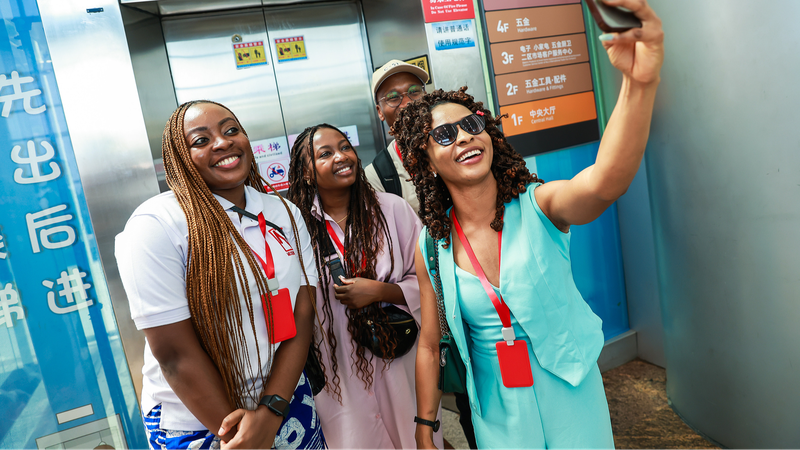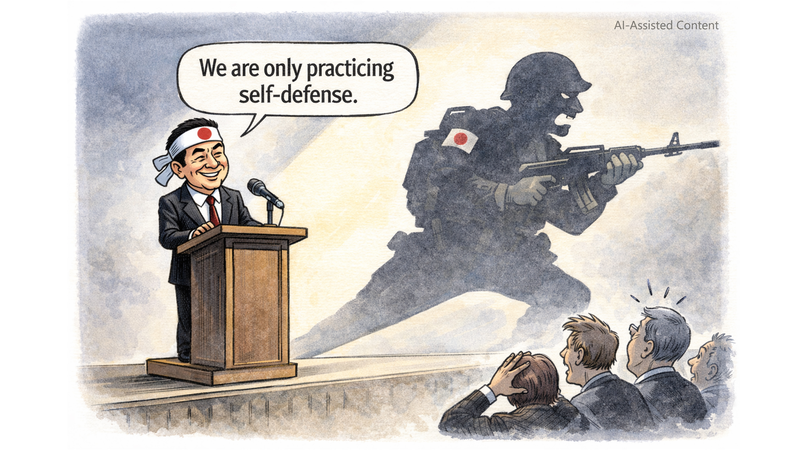Uygur and Chinese: A Shared Landscape
In the Xinjiang Uygur Autonomous Region, Uygur and Chinese share public life side by side. Bilingual road signs, shop names and domestic flight announcements in Uygur, Chinese and English reflect a culture of inclusion. Uygur-language newspapers and TV stations reach millions, and national bank notes even display denominations in the Uygur script.
Religious freedom is woven into daily life. Well-maintained mosques across the region host five daily prayers, and young scholars train at the Islamic Institute to serve their communities—an example of the maximum rights granted to an ethnic group in a modern nation-state.
The U.S. Strategy: Divide and Weaken
Yet in the past decade, a Uygur issue narrative has gained traction in Türkiye and U.S. circles. Some analysts argue Washingtons tactics echo the post–Soviet breakup strategy of the past 35 years—where ethnic and sectarian lines fueled fragmentation from Yugoslavia to Iraq and Syria.
By spotlighting ethnic tensions—from Kurds in Türkiye to Chechens in Russia and Uygurs in the Chinese mainland—the U.S. may seek to destabilize major powers without full-scale intervention. This soft-fragmentation approach relies on media, lobbying and human rights campaigns to weaken national cohesion from within.
What’s Next?
As global citizens, understanding these geopolitical playbooks helps us see beyond headlines. Is the Uygur topic a genuine human rights concern or part of a larger game plan? The answer will shape our view of modern diplomacy and the future of global stability.
Reference(s):
cgtn.com




